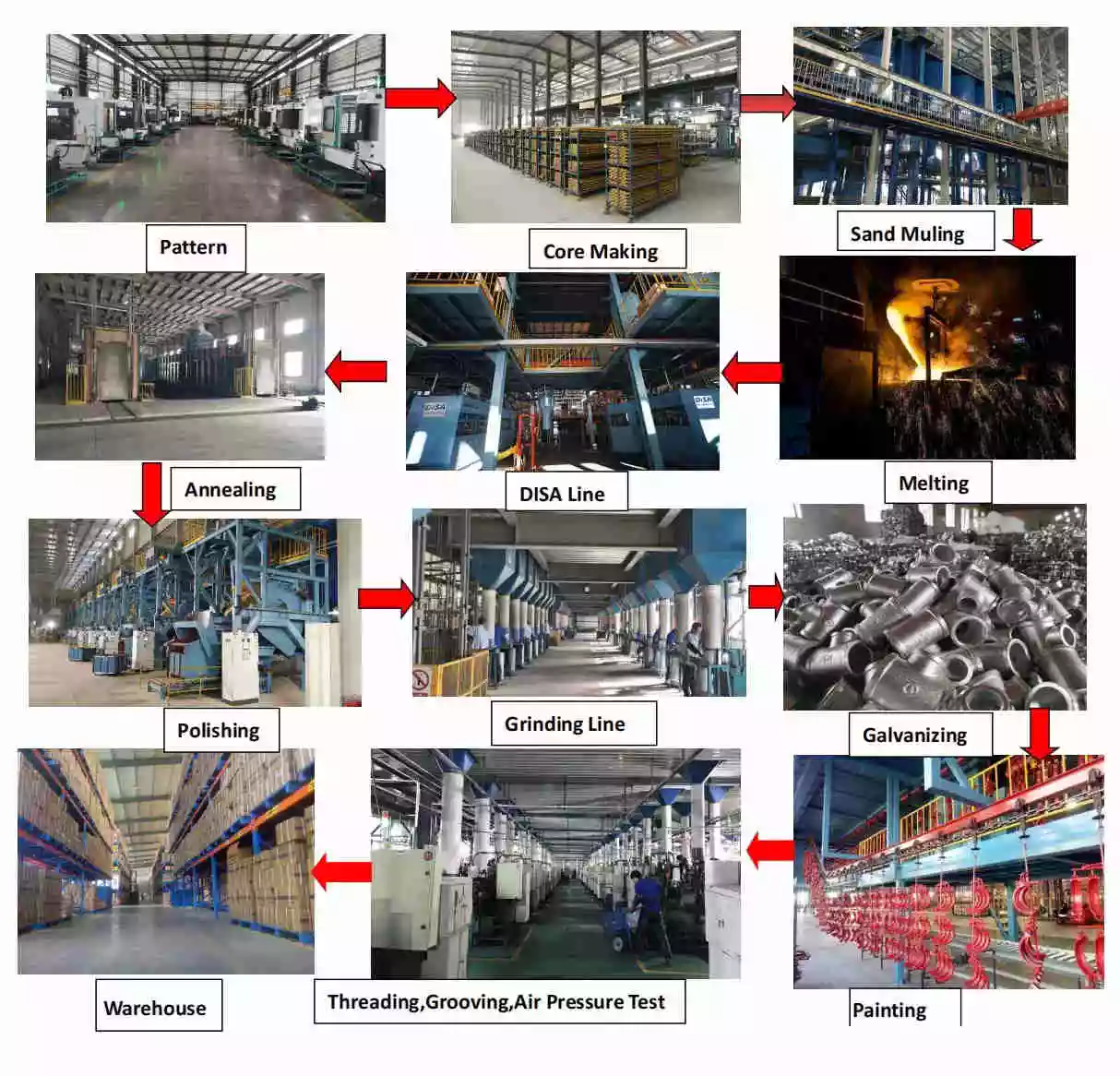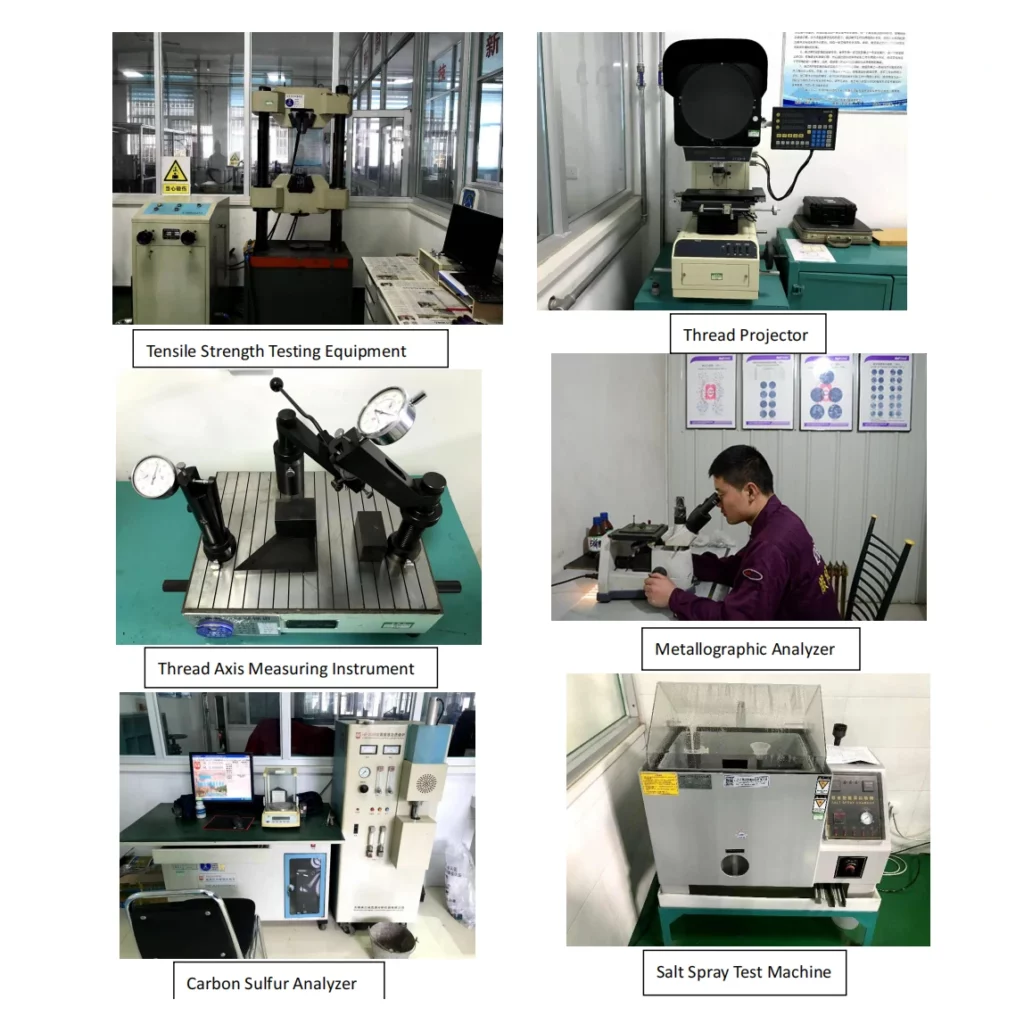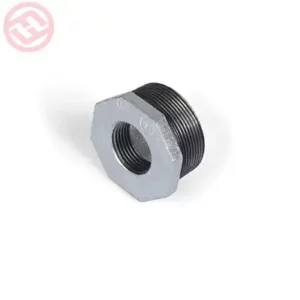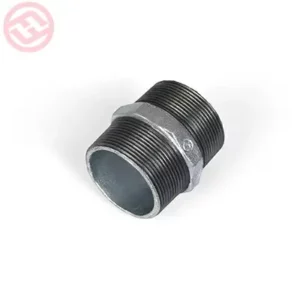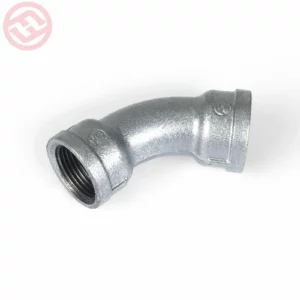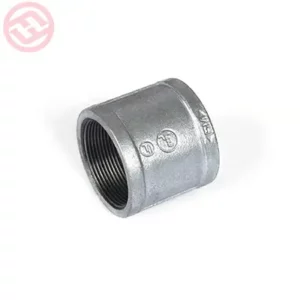Malleable Iron 92 Street Elbow 90° M/F NPT Thread
Code:92
Size: 1/4”-4”
Material: ANSI/ASTM A197-A,KTH350-10
Dimension: ANSI/ASTM B16.3/14/39
Thread: ANSI/ASTM B1.20.1,NPT
Pressure Rating: 363PSI,CLASS150
Surface Treatment:Hot-dip Galvanized,Electro Galvanized,Black
Zinc Coating: ASTM A 153
Certificate: UL Listed / FM Approved / NSF 61
Application: Fire Protection,Waterworks,HVAC,Plumbing,GAS,Irrigation,or other piping systems
We’re here to help:
Easy ways to get the answers you need.
Product Description
Products Details
Malleable Iron 92 Street Elbow 90° M/F. Street Elbow 90°F/M is a kind of connection pipe fittings, one is internally threaded and the other one is externally threaded.Internal threaded are usually used to connect externally threaded pipes, and external threaded are usually used to connect internally threaded pipes. It is used for the connection of pipe bends and is used to change the direction of the pipeline. Working pressure is 363 PSI(Class 150) and 740 PSI(Class 300).
Product Drawing
The difference between American standard thread and British standard thread is as follows
1. Different tooth profile angles. The profile angle of American threads is 60 degrees and the flattening height is H/8; the profile angle of British threads is 55 degrees and the flattening height is H/6.
2. Pipe thread codes are different. The code name of the American thread is NPT, which belongs to the American standard 60-degree tapered pipe thread; the code name of the British thread is PT, which is a 55-degree sealed tapered pipe thread and belongs to the Whitworth thread family.
Type of the threaded
Taper threads and column threads are two different thread types. Their main difference is that their base surfaces are different.
The base surface of a tapered thread is a conical surface, while the base surface of a cylindrical thread is a cylindrical surface. The diameter of a tapered thread changes as the thread position changes, while the diameter of a cylindrical thread does not change as the thread position changes. In mechanical structures, both tapered threads and column threads are widely used. For example, tapered threads can be used to seal liquids and gases, while column threads can be used for connection and fastening.
In addition, the measurement methods of taper threads and column threads are also different. Taper threads are measured with corresponding plug gauges or ring gauges, while column threads can be measured with a thread micrometer.





